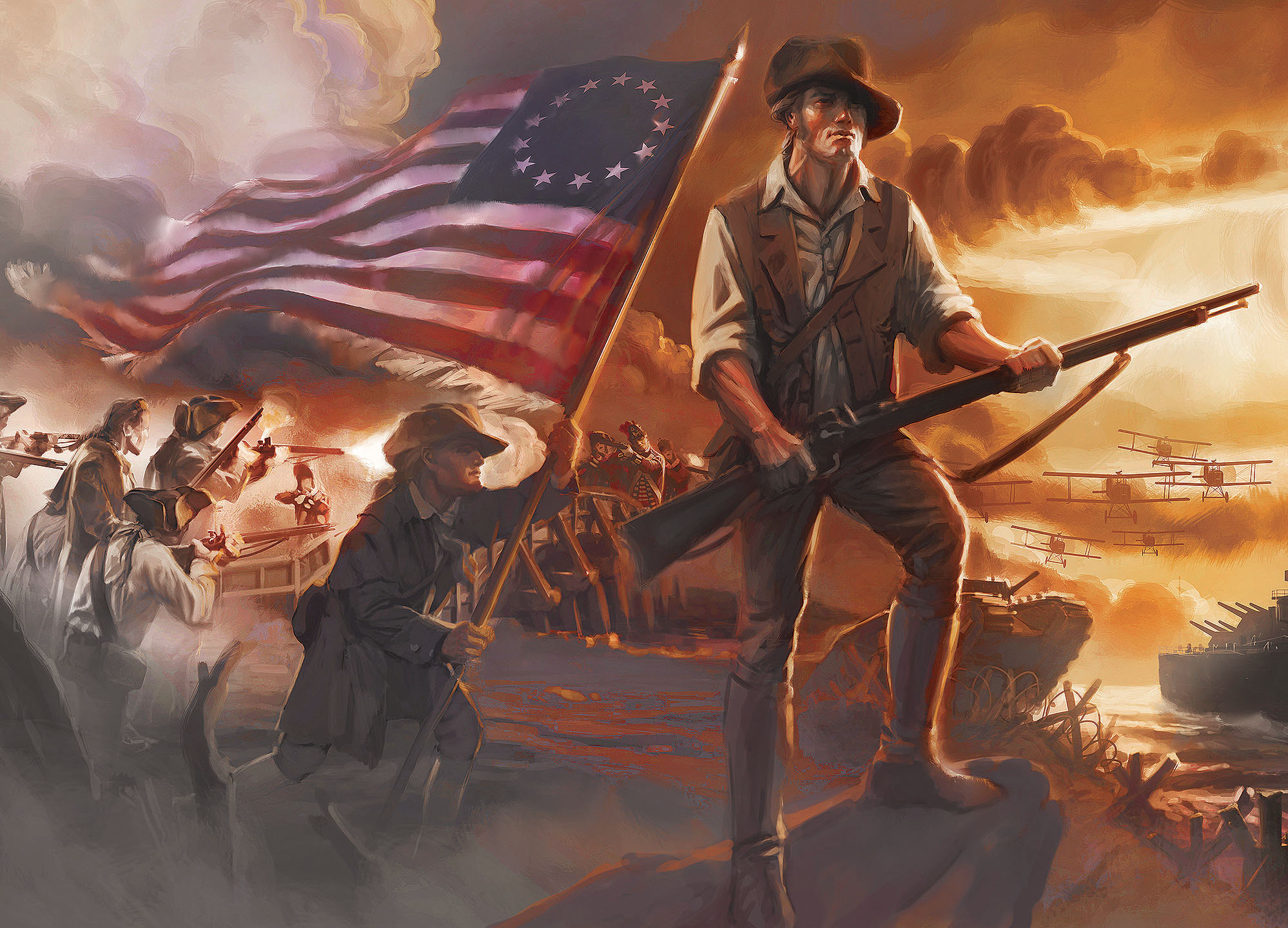By the Editors of the Council of European Canadians
Great News: The Canadian Maple Leaf Flag now belongs to us: to Canadians who are proud of the history and cultural heritage of their nation. This is necessary more than ever now that Justin has gone full totalitarian in the suppression of the liberal democratic heritage of Canadians to protest peacefully by invoking the Emergencies Act against Canadian patriots!
The same parasitic journalists and academics who have been telling us that the Maple Leaf is a “symbol of colonialism and genocide” are now crying that Canadian patriots are using it as a symbol of freedom and attachment to Canada’s liberal democratic heritage. Sorry, you denigrated this flag over and over again. It is our flag now.
Stupefied academics are very upset that the truckers are using the Canadian maple leaf in their convoy protests. the Study of Canada,” finds it “puzzling” that Canadian truckers have “co-opted” the Canadian flag for a protest “that stands in contradiction to the Canadian notion of freedom”. Yet, by the same token, she insinuates that the Canadian flag should be used only in protests that condemn the history of Canada, that reveal Canada as a nation based on stolen lands, preferably “flown at half-mast nationwide in remembrance of the children lost in residential schools.”
What Heather seems to hate is that Canadians are using the flag as a symbol of freedom and respect for the incredible sacrifices that past generations of EuroCanadians endured building this nation without electricity, without welfare, without any modern amenities (in conditions exponentially harder than the 10 hour a week jobs of overpaid academics).
Heather indeed says that the use of the Canadian maple leaf by Canadians known for using “hate symbols — Confederate flags and swastikas” has inspired her otherwise dormant brain
Has the flag outlived its specific use and intended specific political representation? Or will it be now seen as a symbol which has outlived its usefulness?
Will more and more Canadians become increasingly uncomfortable with its symbolic content after such public demonstrations and its association with such a toxic brand of nationalism?
She references Paul Keeling, a mediocre writer based in Vancouver, who claims that his philosophical studies have allowed him to see that, while there are “good reasons for Canadian flag hesitancy…after shocking revelations of unmarked children’s graves in former Canadian residential schools,” the flag should not be ceded to Canadians who are nationalistic. Heather and Keeling would prefer if the Maple Leaf were used only as a symbol of multiculturalism in celebration of immigrant nationalistic identities, religions, and history — against the “toxic nationalism” of the founding peoples of Canada.
But she is pessimistic about the prospects of the Maple Leaf. Now that the Canadian working class has embraced it, she wonders if “more and more Canadians [have] become increasingly uncomfortable with its symbolic content after such public demonstrations and its association with such a toxic brand of nationalism?”
You can be sure that neither of these two corporate hirelings has care to read any of the critically minded accounts demonstrating that the unmarked graves story was a lie orchestrated to inflict hatred against the history of EuroCanadians so they accept their replacement. For the record, check these articles:
-
- The Indigenous mass grave that wasn’t
-
Mass graves at Canadian residential school: false story, unrelated photo
EuroCanadian patriots have every reason to reclaim the Maple Leaf as their flag since they are the founding peoples of Canada. Canada was built from the wild ground up by settlers and indigenous Euro-Canadians. In 1867, 79% percent of Canadian residents had been born in Canada.
The Quebecois and the Acadians were a people created through high fertility rates, not immigration. The Loyalists, too, were not immigrants but settlers native to the soils of British North America. Moreover, almost all the men and women who came to Canada from the British Isles and elsewhere in Europe before 1914 were settlers, not immigrants, seeking to survive in a land sparsely populated and devoid of modern development. A settler, according to dictionary definitions, is ‘a person who settles in an area, typically with no or few previous inhabitants’.
All the cities, the parliamentary traditions, the churches, the entire infrastructure of railways, ports, shipping industries, and highways, were created by hardworking Euro-Canadians.
Therefore: both the Red Ensign flag and Maple Leaf belong to EuroCanadians who are proud of their heritage. These flags don’t below to those who are continually trashing Canada’s history, celebrating the nationalities of foreign immigrants, and seeking the ethnocide of EuroCanadians. The Maple Leaf is ours now.

